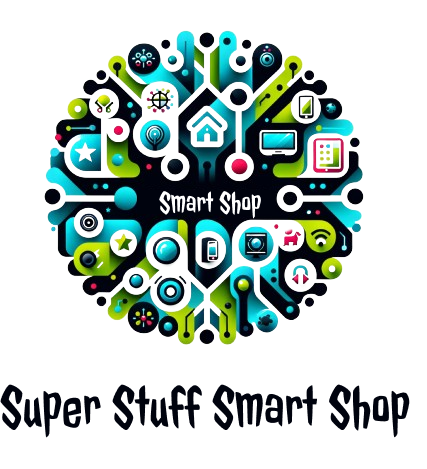In an era where environmental sustainability and economic savings converge, the advent of smart home gadgets has emerged as a beacon of progress. These devices not only epitomize convenience and control but stand at the forefront of energy-saving initiatives, heralding a significant shift in how we manage our domestic environments. This article delves into the innovative world of smart home technology, focusing on gadgets designed to enhance energy efficiency, thereby reducing costs and contributing to a healthier planet.
At the heart of this technological revolution are smart thermostats, devices that have transformed heating and cooling systems into models of efficiency and responsiveness. Unlike their traditional counterparts, smart thermostats learn from your habits and preferences, adjusting the temperature automatically to optimize energy use. They can detect when the house is empty, switching off unnecessary heating or cooling, and can be controlled remotely via smartphones, ensuring a warm welcome without wasteful expenditure. Some models even provide energy usage reports, helping homeowners identify and refine their consumption patterns.
Lighting, too, has seen a significant upgrade with the introduction of smart bulbs. These LED lights offer an impressive lifespan and are known for their low energy consumption. However, their real power lies in their connectivity and automation. Through integration with home automation systems, smart bulbs can adjust their brightness based on the time of day or specific scenarios, like movie nights or dinner parties. Moreover, motion sensors can trigger lights to turn on or off as needed, ensuring that no watt is wasted.
Another notable mention is smart power strips, which combat the often-overlooked issue of phantom load — the energy consumed by devices when they are switched off but still plugged in. Smart power strips can identify when a device is not in use and cut off the power supply, effectively reducing unnecessary power drain. This is particularly useful for entertainment systems and office setups, where multiple devices tend to remain on standby.
The role of smart appliances in energy conservation cannot be overstated. Refrigerators, washers, and dryers now come equipped with smart technology, offering features like energy-efficient cycles, load sensing, and the ability to operate during off-peak energy hours. These appliances not only adapt to our needs but do so in a way that prioritizes energy saving without compromising on performance.
Water heaters have also received a smart makeover. Traditional water heaters constantly maintain a tank of hot water, leading to significant energy loss. Smart water heaters, on the other hand, can learn the household’s hot water usage schedule, heating water only when needed. Some are tankless, instantly heating water on demand and offering further energy savings.
Even the realm of home entertainment has seen eco-friendly innovations with smart plugs. These simple devices can transform any regular appliance into a smart one by allowing remote control over its power state. By using smart plugs with televisions, stereo systems, and even gaming consoles, users can ensure these devices are only on when in use, thereby cutting down on standby power consumption.
While the benefits of smart home gadgets in terms of energy saving are clear, the implementation of such technology also underscores a broader commitment to environmental stewardship. By integrating these devices into our homes, we not only stand to reduce our utility bills but also contribute to the reduction of greenhouse gas emissions. This is because lower energy consumption means less demand on power plants, many of which still rely on fossil fuels.
In conclusion, the landscape of home management is undergoing a profound transformation, driven by the innovation and adoption of smart home gadgets. These devices offer a dual promise: substantial savings on energy bills and a step towards a more sustainable lifestyle. As technology continues to advance, the potential for energy conservation through smart home gadgets is bound to expand, offering even greater opportunities for homeowners to contribute to a healthier planet. Embracing these technologies today can lead to a brighter, more efficient tomorrow.
